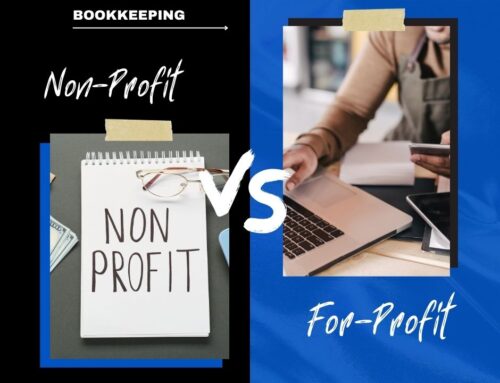Your business can’t survive if you’re just living in the moment, without looking towards the future.
Planning ahead for the short-term and long-term is crucial to your success.
The best way to create a strategic plan is with forecasting and budgeting. However, this is much easier said than done.
What are you using to come up with your forecasts? How much money is in your budget?
You can’t just pull metrics or numbers out of thin air and expect them to work. So if your financial planning methods need some improvement, follow these tips and best practices for forecasting and budgeting.
1. Be Flexible
If your budgets and forecasts are too rigid or defined, then they won’t be very helpful.
As time passes, things change. You need to account for those changes and adjust your strategic planning accordingly.
For example, let’s say you had a healthy annual marketing budget to start the year. But at the end of the first quarter, you were faced with an unexpected expense and needed to purchase new equipment.
This wasn’t a factor when you initially created your budget.
Sticking to that initial number would be unwise if you need that money to cover a high-priority expense. But if you’re flexible, your forecasts and budgets will be much more accurate.
Plan for various scenarios. Have a forecast and budget with some contingencies. If something comes up, you could have a back-up plan already in place.
2. Communicate
Forecasting and budgeting don’t just start with top-level executives and stop there. Everyone on your team should be aware of your financial planning strategies.
Otherwise, how can you expect your staff to act accordingly?
Anyone who has purchasing power needs to be made aware of your budget as soon as possible. If not, what’s preventing them from exceeding an annual budget in the first half of the year? This needs to be a team effort.
All departments must tell upper management about their needs and situations. The more information you have, the easier it will be for you to predict what will happen so you can plan accordingly.
Forecasts and budgets are useless if they are unrealistic.
You may have numbers in mind that look good on paper, but you won’t know for sure if those numbers will work until you consult with your team. Effective communication will let you know if any adjustments need to be made.
3. Establish Clear Goals
What’s the purpose of your forecasts and budgets? This is not a rhetorical question.
All too often I see businesses come up with a prediction or strategy that doesn’t have any sense of direction. The purpose of a forecast is to help you make better decisions.
For example, if you can accurately predict your cash flow, then you’ll know if you can afford a certain opportunity when it presents itself.
Just because you think that you have the cash on hand now, what will be the repercussions of this action in 6-12 months? Look at your forecasts.
But before you can make any decisions, you need to know how it will impact your financial goals.
Without financial goals, your decision making process will essentially become random guesses. That defeats the purpose of creating forecasts and budgets in the first place.
4. Be Realistic
Budgets and forecasts are not magic.
Just because you predict something, it doesn’t automatically mean that it’s going to happen. So don’t try to justify a decision or an expense based on something that’s unrealistic.
It can start to get dangerous if you’re always playing the “what if” scenario with your finances.
You can’t spend money recklessly and then deal with it later. Instead, use rolling forecasts and budgets to improve accuracy.
Create a forecast and budget every quarter, as opposed to every year. This keeps all of your numbers more realistic with what’s happening as of late.
A rolling forecast makes it easier for you to pivot if something comes up. You’ll be using the most recent data, as opposed to information from last year that’s outdated.
5. Keep Track of Everything
Don’t underestimate the importance of accurate financial reporting.
Having financial statements that are up to date will be crucial in the forecasting and budgeting process. In addition to your financial reports, you should also be identifying and tracking bookkeeping KPIs.
By tracking as much data as possible, it will give you a better understanding of your company’s overall financial health.
Keep track of things that go beyond your financial department.
- Pay attention to your industry.
- Monitor your competitors.
- Listen to your customers.
- Look for market trends.
All of this information and analysis will help you create more accurate forecasts and budgets.
6. Leverage Technology
If you’re just using a basic spreadsheet to come up with your forecasts and budgets, you’re not taking full advantage of the resources available on the market today.
Consider using cloud-based accounting software to help you come up with your strategic plans.
These types of tools can generate reports for you, including forecasts.
Leveraging accounting software gives you greater flexibility. It’s much easier than doing all of this manually.
Plus, you can quickly gain access to accurate forecasts and budgets.
Conclusion
In order for your business to succeed, you need to take advantage of accurate forecasting and budgeting.
To ensure accuracy and improve those reports, follow the tips and guidance that I’ve outlined above.
Your CFO can help you with this process as well. For those of you who don’t currently have someone handling that responsibility, you should consider using an outsourced CFO service.





